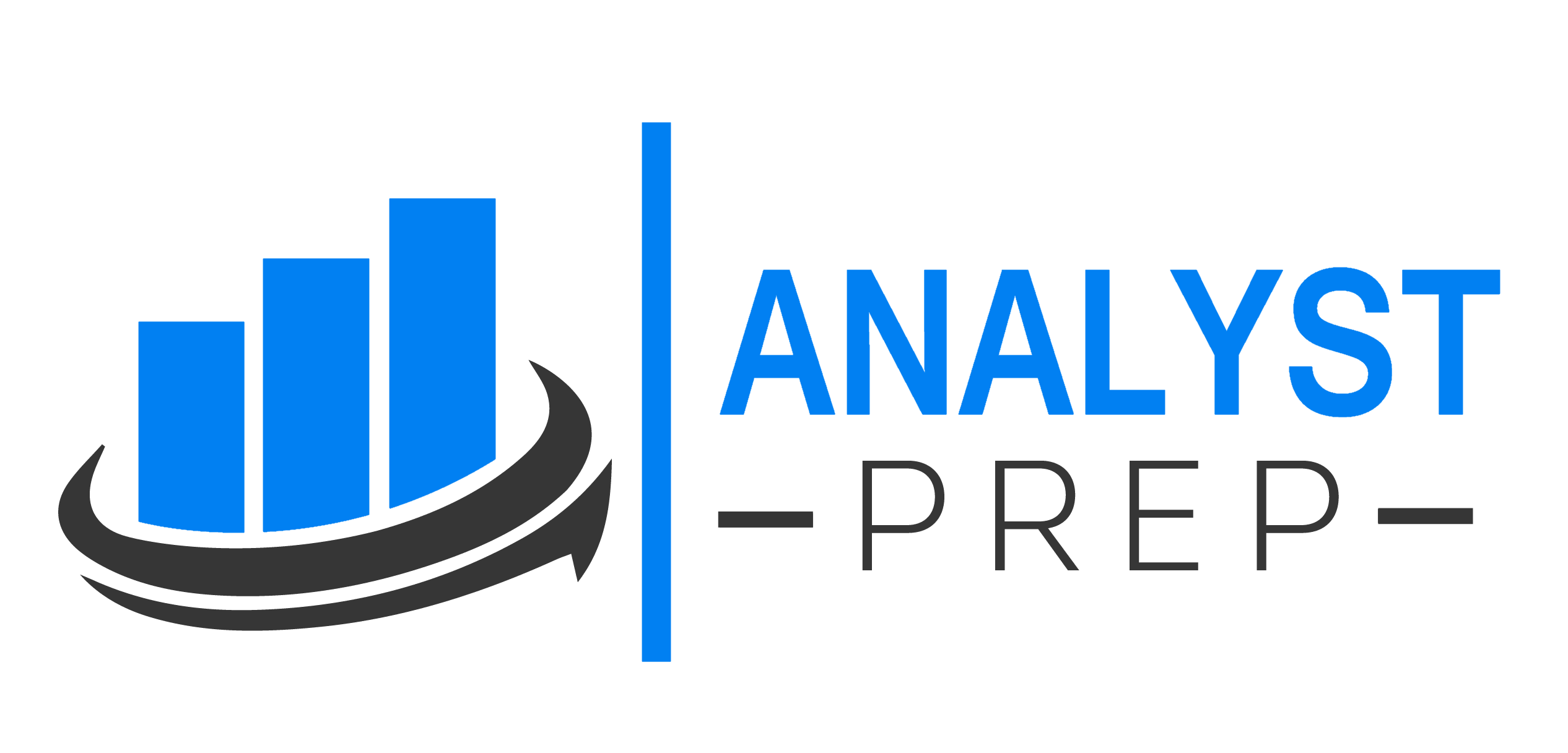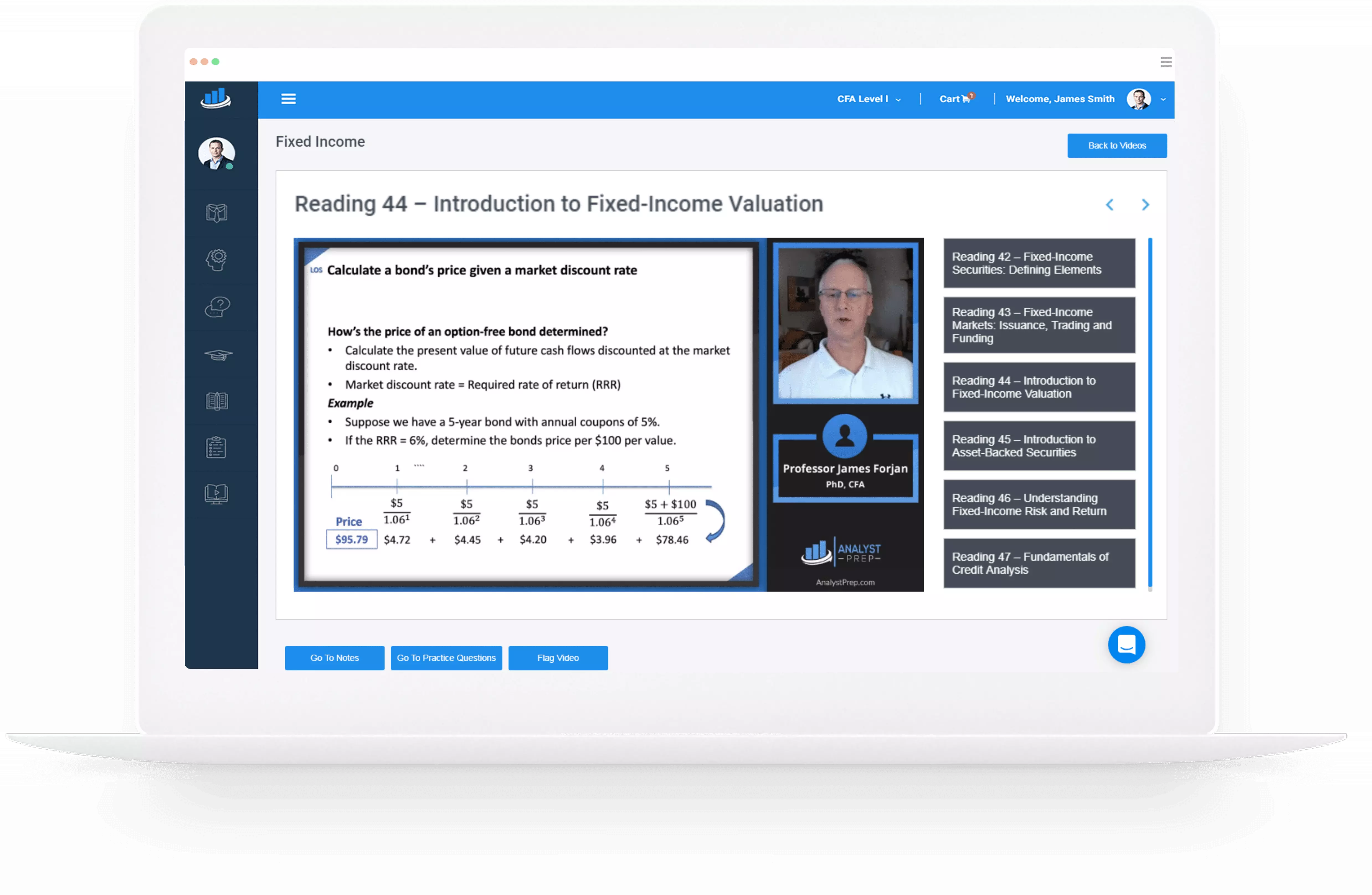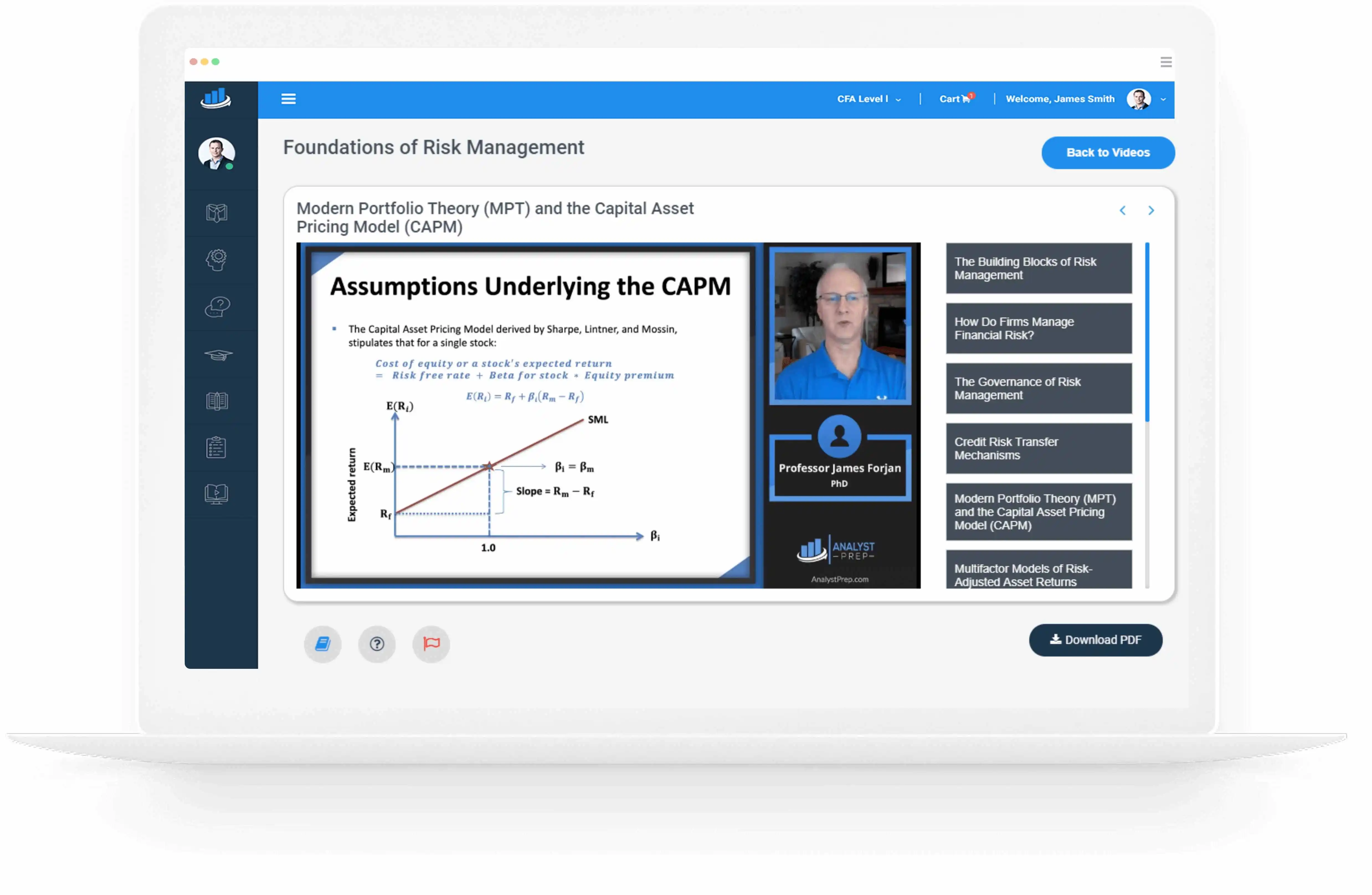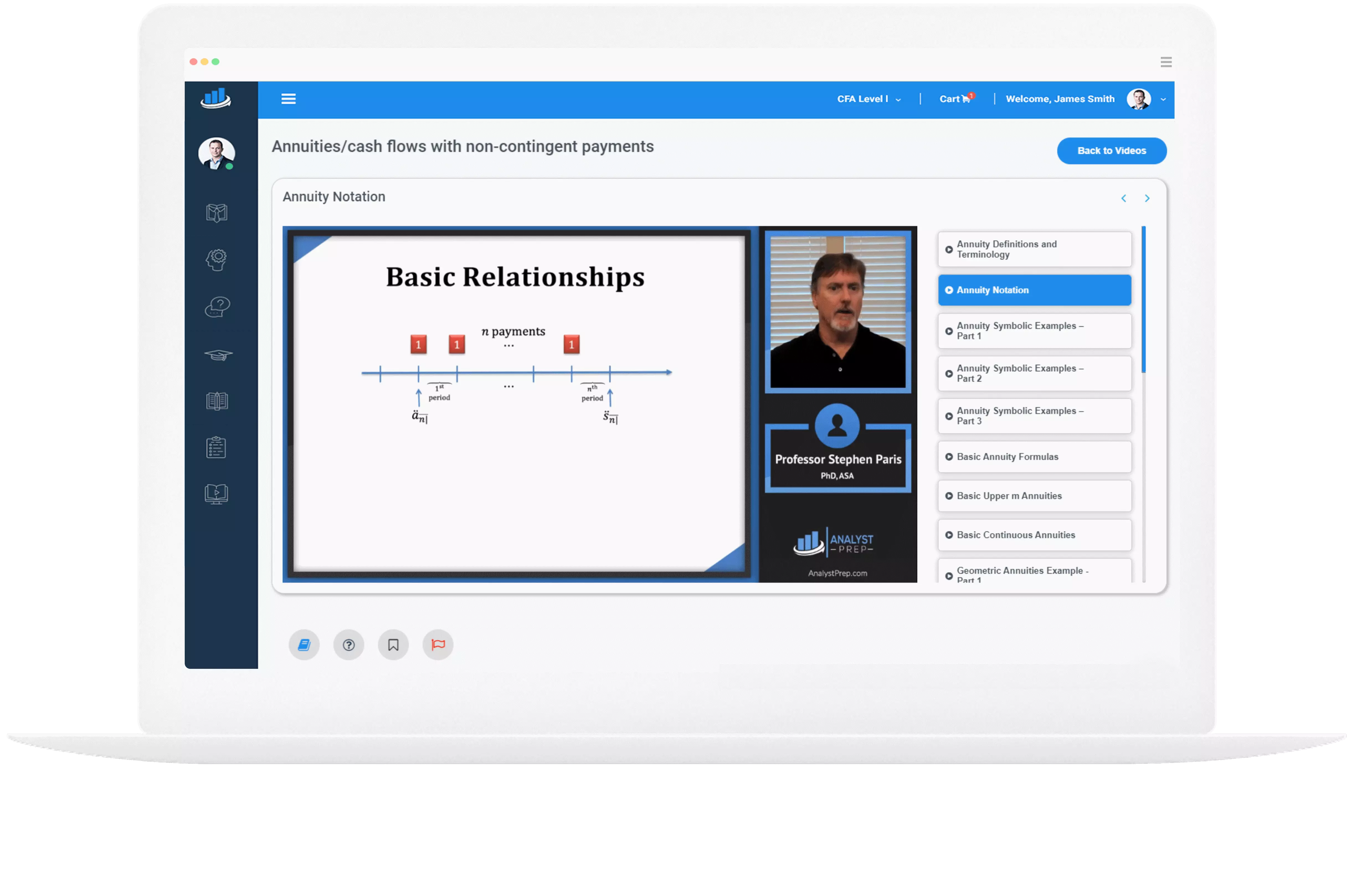Classifications of Assets and Markets
[vsw id=”LFJYcV5EL-w” source=”youtube” width=”611″ height=”344″ autoplay=”no”] Assets Securities: includes both debt and equity securities. Securities may be further classified as public or private securities, depending on if they are traded on a public exchange. Currencies: monies issued by national monetary…
Assets Traded in Organized Markets
[vsw id=”LFJYcV5EL-w” source=”youtube” width=”611″ height=”344″ autoplay=”no”] Fixed Income Fixed income investments include promises to repay borrowed money and a variety of other instruments with payment schedules. People, companies, and governments create fixed-income instruments when they borrow money. While there is…
Types of Financial Intermediaries
[vsw id=”LFJYcV5EL-w” source=”youtube” width=”611″ height=”344″ autoplay=”no”] Financial intermediaries help entities achieve their goals by providing products and services that help connect buyers and sellers. The key financial intermediaries are defined below. Brokers: Agents who fill orders for their clients, helping…
Positions an Investor Can Take in an Asset
[vsw id=”LFJYcV5EL-w” source=”youtube” width=”611″ height=”344″ autoplay=”no”] A position in an asset describes how much of the asset an investor owns. The investor can either have a long position, meaning the investor owns the asset or has borrowed money to purchase…
Margin Transactions
[vsw id=”LFJYcV5EL-w” source=”youtube” width=”611″ height=”344″ autoplay=”no”] Leveraged Positions In many markets, traders can borrow securities through margin loans at the cost of paying the call money rate on the loan. Similar to a down payment on a house, the borrower…
Execution, Validity, and Clearing Instructions
[vsw id=”LFJYcV5EL-w” source=”youtube” width=”611″ height=”344″ autoplay=”no”] The bid prices represent the price at which dealers are prepared to buy, while the ask prices, or offer prices, indicate the prices at which they are willing to sell. Ask prices consistently exceed…
Market Value vs. Intrinsic Value
[vsw id=”7Ub4Gt-0nMs” source=”youtube” width=”611″ height=”344″ autoplay=”no”] The market value is the price at which an asset can currently be bought or sold. The intrinsic value/fundamental value is the value placed on it by investors if they had a complete understanding…
A Bond’s Price Given a Market Discount Rate
[vsw id=”lEbeibhvCzM” source=”youtube” width=”611″ height=”344″ autoplay=”no”] Bond pricing is the application of discounted cash flow analysis. The general approach to bond valuation is to utilize a series of spot rates to reflect the timing of future cash flows. Bond Pricing…
Relationships Among a Bond’s Price, Coupon Rate, Maturity, and Market Discount Rate
[vsw id=”lEbeibhvCzM” source=”youtube” width=”611″ height=”344″ autoplay=”no”] Price versus Market Discount Rate (Yield-to-maturity) The price of a fixed-rate bond will fluctuate whenever the market discount rate changes. This relationship could be summarized as follows: when the market discount rate increases, the bond’s…




